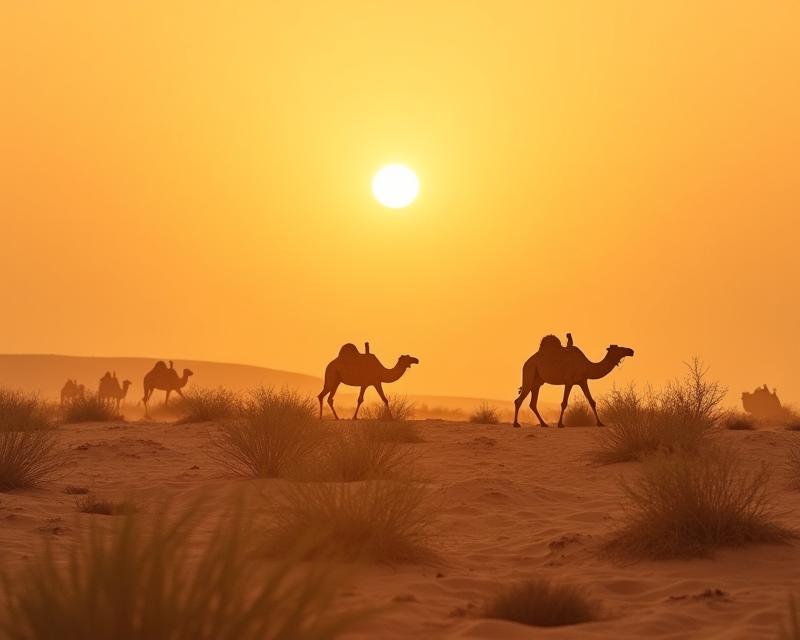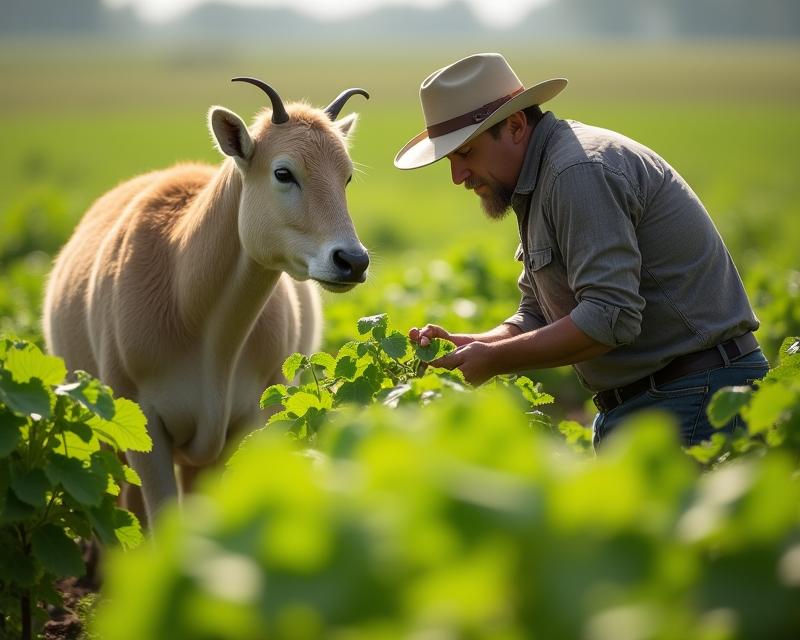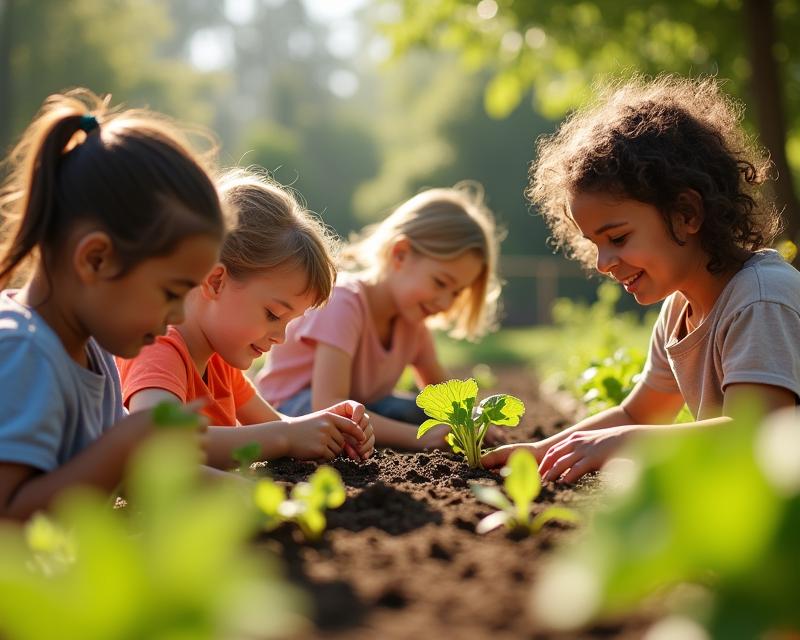North Africa's Overgrazing Lesson
Publish in Sustainable Farming el 22/07/2025 16:40
North Africa's Overgrazing Lesson
Hey everyone! Let's talk about a really important topic: how our choices about land and livestock can impact the environment. North Africa offers a powerful, and somewhat cautionary, tale about overgrazing and desertification – a situation that’s relevant to farmers and ranchers all over the world. Understanding what happened there can help us make smarter decisions about our own land management.

For centuries, livestock grazing has been a cornerstone of life in North Africa. Nomadic tribes relied on their herds for sustenance and trade, and the land was shaped by their pastoral practices. However, as populations grew and demands for resources increased, traditional grazing patterns began to change. More animals were added to the herds, and land was increasingly used for pasture, often without proper planning or consideration for the land's carrying capacity. This led to overgrazing – essentially, too many animals consuming more vegetation than the land could replenish.
The consequences were devastating. Overgrazing stripped the land of its protective vegetation cover. Without plants to hold the soil in place, wind and water erosion accelerated. Fertile topsoil was washed away, leaving behind barren land. This process, known as desertification, transformed once-productive grasslands into deserts. The loss of vegetation also reduced the land's ability to retain water, exacerbating drought conditions and making it even harder for plants to grow. The ripple effects were felt throughout the region, impacting livelihoods, food security, and even cultural traditions.
So, what can we learn from this history? The key takeaway is the importance of sustainable land management. This means carefully considering the carrying capacity of your land – how many animals can graze without causing damage. It also means implementing practices like rotational grazing, where livestock are moved between different pastures to allow vegetation to recover. Other strategies include planting drought-resistant vegetation, building windbreaks to reduce erosion, and promoting water conservation. By learning from the mistakes of the past, we can ensure that our farming practices are not only productive but also environmentally responsible, preserving the health of our land for generations to come. It’s about working *with* the land, not against it. Let's strive for a future where agriculture and environmental stewardship go hand in hand!





